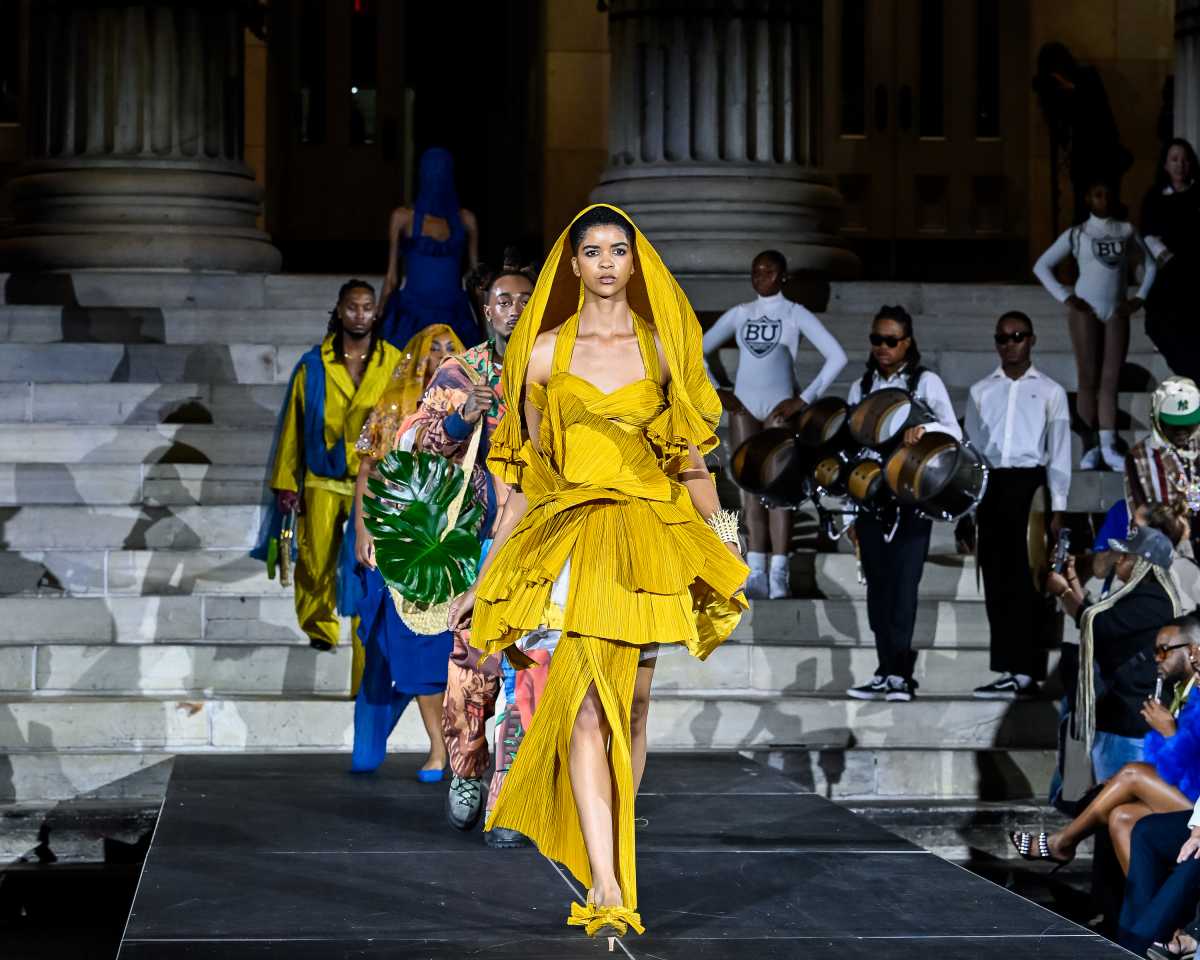Andy Warhol’s choice to immortalize Vladimir Lenin might initially seem like an outlier. Known for his obsession with American consumerism, celebrity culture, and the sheen of surface-level allure, Warhol did not often venture into the realm of political history.
Lenin’s face is one of the most instantly recognizable symbols of 20th-century political upheaval. A figure of unrelenting discipline and vision, Lenin engineered the Bolshevik Revolution, reshaping global power structures and planting the seeds of the Soviet Union. To the East, he was a liberator; to the West, a specter of ideological threat.
But through Warhol’s eyes — the late artist was a master of distilling the essence of celebrity and power into pure image — Lenin becomes something even more potent: an icon untethered from history, reinterpreted through the lens of Pop Art.
Lenin offered a compelling subject: a figure steeped in contradiction and mythology, whose image held undeniable power even decades after his death. Warhol was drawn to the paradoxes Lenin represented—idealism clashing with authoritarianism, the cult of personality colliding with the collectivist ethos.
Technique as political subversion

Warhol’s technical approach to the Lenin series is an exercise in the sublime tension between propaganda and art. Lenin’s portrait, starkly minimalist, is dominated by bold black lines that carve out his iconic visage with almost mechanical precision.
The simplicity of the image recalls Soviet-era posters — art meant to galvanize and indoctrinate. Yet, Warhol subverts this tradition by isolating Lenin from the ideological clutter of his legacy.
The backgrounds are drenched in pulsating reds, ominous blacks, or electric hues, framing Lenin in an aura of aestheticized authority. Warhol’s use of silkscreen printing—a technique designed for mass production—mimics the dissemination of propaganda while simultaneously stripping it of its purpose. In Warhol’s hands, Lenin’s image becomes a product to be consumed, collected, and reinterpreted rather than a tool of political indoctrination.
This is where Warhol’s genius lies: in his ability to transform the mechanics of propaganda into a critique of itself. The Lenin series is not merely an homage to a historical figure; it is a meditation on the ways we repackage power and ideology for contemporary consumption. Warhol reframes Lenin not as a man or a movement but as an artifact of a world grappling with the weight of its own contradictions.
Historical context: Lenin as icon

Lenin’s portrait carries a weight that transcends time. As the architect of one of the most significant revolutions in modern history, Lenin’s face became synonymous with radical change, unity, and the stark realities of Soviet communism.
By the time Warhol created his Lenin series in the 1980s, the Soviet Union was teetering on the brink of collapse. Lenin’s image, once a beacon of ideological fervor, had become a relic—a reminder of a utopian vision that crumbled under the weight of human imperfection.
Warhol intuitively understood this shift. His Lenin series is not a nostalgic look back but a probing examination of how icons endure even as their ideologies fade. In this way, Lenin serves as a perfect counterpoint to Warhol’s portraits of Marilyn Monroe, Elvis Presley, and Jackie Kennedy. All are symbols of a moment, faces that once carried immense cultural weight, now suspended in the timeless realm of art.
Why now?
To collect work from Warhol’s Lenin series today is to acquire a piece of history refracted through the mind of one of the greatest artists of the 20th century. It is a meditation on power, propaganda, and the ways in which history is consumed and repackaged. As the world continues to grapple with the cyclical nature of revolution and the commodification of political ideals, Warhol’s Lenin resonates with a fresh urgency.
These works are more than art; they are cultural artifacts that bridge the gap between two monumental figures—Lenin, the revolutionary, and Warhol, the artist who redefined what it meant to be an icon. They challenge collectors to consider not only the piece’s aesthetic value but also its role as a commentary on the intersection of history and modernity.
Now on display at DTR Modern Gallery, Warhol’s Lenin series offers collectors a rare opportunity to own a work that is as intellectually provocative as it is visually arresting. These pieces are a testament to Warhol’s ability to transform even the most complex subjects into objects of universal contemplation. To bring one of these works into a collection is to own not just a portrait but a conversation—between past and present, art and ideology, power and the human condition.
Visit DTR Modern Gallery to experience the Lenin series and engage with a moment when art, history, and revolution collide in unexpected ways.
For more information, visit dtrmodern.com or their SoHo gallery.





































